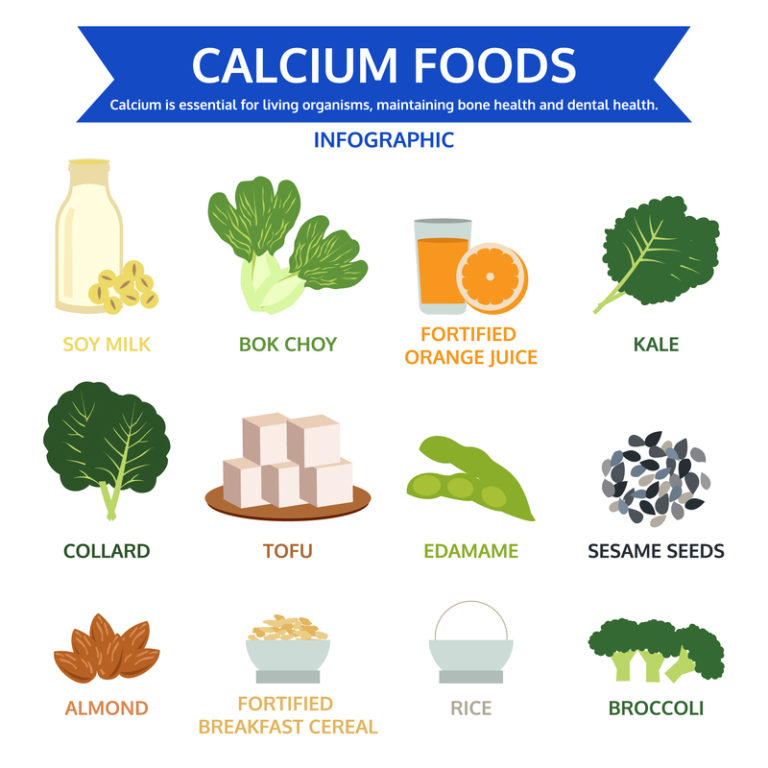Calcium deficiency has turned into a global issue, since the consumption of this element has been drastically reduced in developed and developing countries as well.
Being the most important nutrient in the body and also the most abundant, calcium is required especially to keep bones strong since it helps with the support of the skeleton functions. Besides, this element is also employed for muscle and blood vessel contraction as well as the expansion and sending of messages through the nervous system. The reduction of the intake of calcium can lead to illnesses such as osteoporosis and hypocalcemia.
The origins of this deficiency lie in several factors, but mostly it is caused by these three major aspects:
- NATURAL AGING PROCESS.
An early life stage the absorption of calcium goes at a 60% level of the intake of the element. As people grow up, this ratio of consumption and absorption tends to diminish, reaching levels of 15-20% of absorption in adulthood.
- LOW VITAMIN D LEVELS
The presence of vitamin D in the organism works as a messenger to the intestines to enhance the absorption of calcium as much as 80%. So low levels of vitamin D, it reflects back at low calcium level, since the message is not send properly.
- HORMONAL CHANGE
A decrease in estrogen during menopause forces the loss of one density in women fast. The low levels of estrogen in postmenopausal women do not allow the proper absorption of calcium and it is the cause of osteoporosis and other bone-related diseases.
When the calcium deficiency is minor, the following signs can be observed:
- Unresponsiveness
- Tickling fingers
- Muscle spasms
- Exhaustion
- Poor appetite
- Weak or brittle fingernails
If the case of this insufficiency goes to the sever levels, the following aspect should be added to the one mentioned above:
- Mental confusion
- Skeletal malformations
- Dermatitis
- In infants, delayed development.
To get the right amount supply of calcium, dairy products are the most efficient source of this element. So milk, yogurt and cheese should be included in the diet; but in case of lactose intolerance, there are other options of providing calcium such as sesame seeds, tofu, mustard greens, soybeans, quinoa, broccoli, almonds, among others. Check with a nutritionist the food with calcium content to include them in the daily meals.
And, by any means, do not forget to pay a visit to the doctor if any of the signs presented on the lines above are observed personally or in a closed and loved relative or friend.

